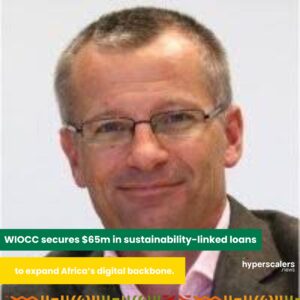In a new report, the 2023 GSMA Mobile Economy analysis for Sub-Saharan Africa unveils a transformative trajectory for mobile connectivity, highlighting key indicators that signify the region’s profound digital evolution. This report sheds light on the dynamic landscape of mobile technology, forecasting remarkable growth and outlining pivotal trends shaping the future.
Key Highlights
- The mobile economy in Sub-Saharan Africa is expected to grow significantly in the coming years, with the number of SIM connections projected to increase to 1.36 billion by 2030, up from 960 million in 2022.
- 4G connections are also expected to grow rapidly, reaching 49% of the population by 2030, up from 22% in 2022. 5G connections are expected to increase to 17% of the population by 2030, from 0.2% in 2022.
- Smartphone penetration is also expected to increase significantly, reaching 88% of the population by 2030, up from 51% in 2022.
- The mobile economy is expected to contribute $210 billion to the GDP of Sub-Saharan Africa by 2030, up from $170 billion in 2022.
- The mobile ecosystem is expected to support 2.2 million jobs in Sub-Saharan Africa by 2030, up from 1.4 million in 2022.
- 25% mobile internet penetration, with $170b (or 8.1% of GDP) economic value added to Sub-Saharan Africa’s economy in 2023.
Key trends shaping the mobile ecosystem
- Artificial intelligence (AI) is expected to play a major role in driving growth in the mobile economy. AI can be used to improve network performance, develop new services, and personalize the user experience.
- Smartphone affordability is a key factor in driving mobile growth in Africa. The price of smartphones is expected to continue to fall, making them more accessible to a wider range of consumers.
- Circular economy principles are becoming increasingly important in the mobile industry as companies seek to reduce their environmental impact. Circular economy principles can be used to extend the lifespan of devices, reduce waste, and recycle materials.
- Fintech is driving collaboration and innovation across the mobile industry. Fintech companies are developing new ways to use mobile phones to access financial services.
Comparison to Europe
- Mobile data traffic in Europe is expected to triple over the next five years, driven by the migration to 4G and 5G.
- 5G is expected to become Europe’s dominant mobile technology within the next three years, with Germany and the UK leading the uptake.
- The mobile economy is expected to contribute €1 trillion to the GDP of Europe by 2030.

Conclusion
The mobile economy in Sub-Saharan Africa is poised for significant growth in the coming years. The region’s young and growing population, coupled with increasing urbanization and smartphone affordability, will drive demand for mobile services. Mobile operators and other players in the mobile ecosystem will need to invest in network infrastructure, develop innovative services, and adopt circular economy principles to meet this growing demand.




